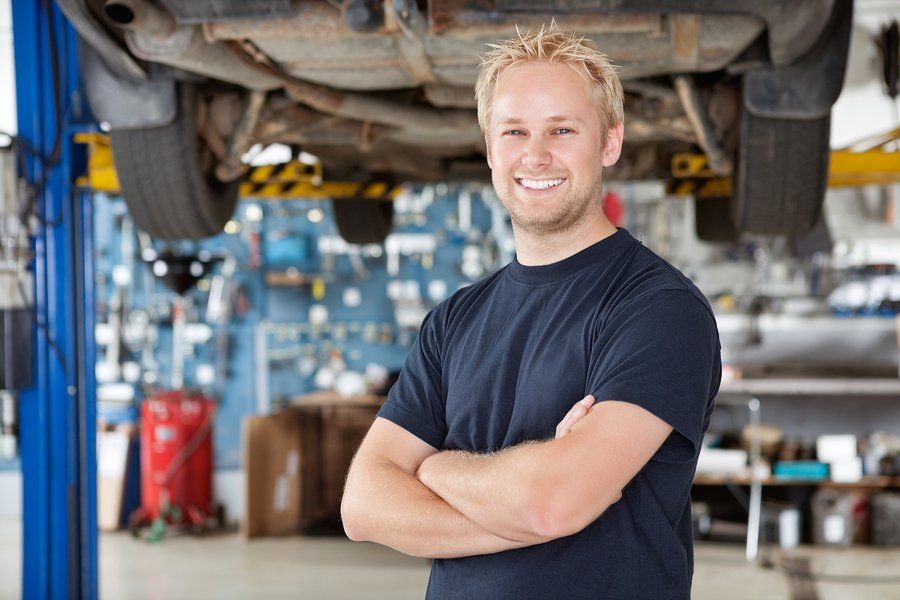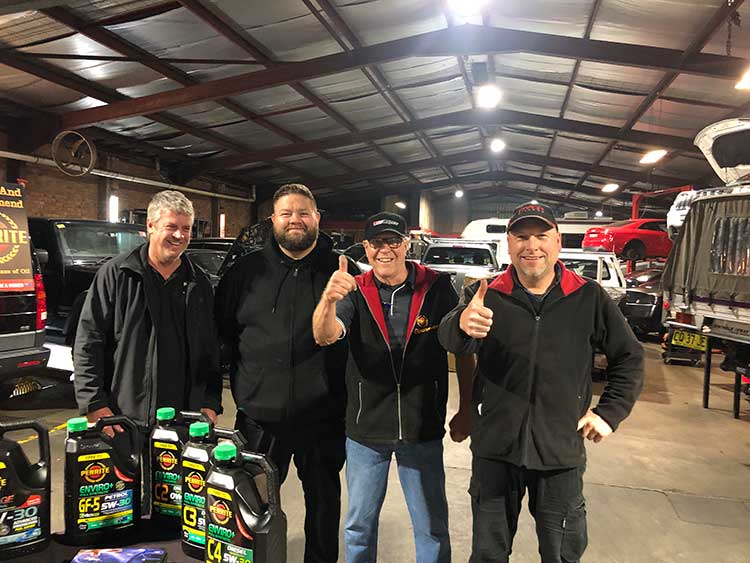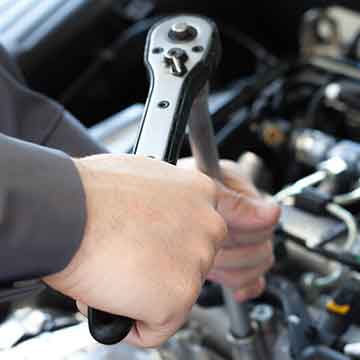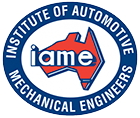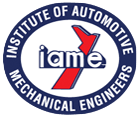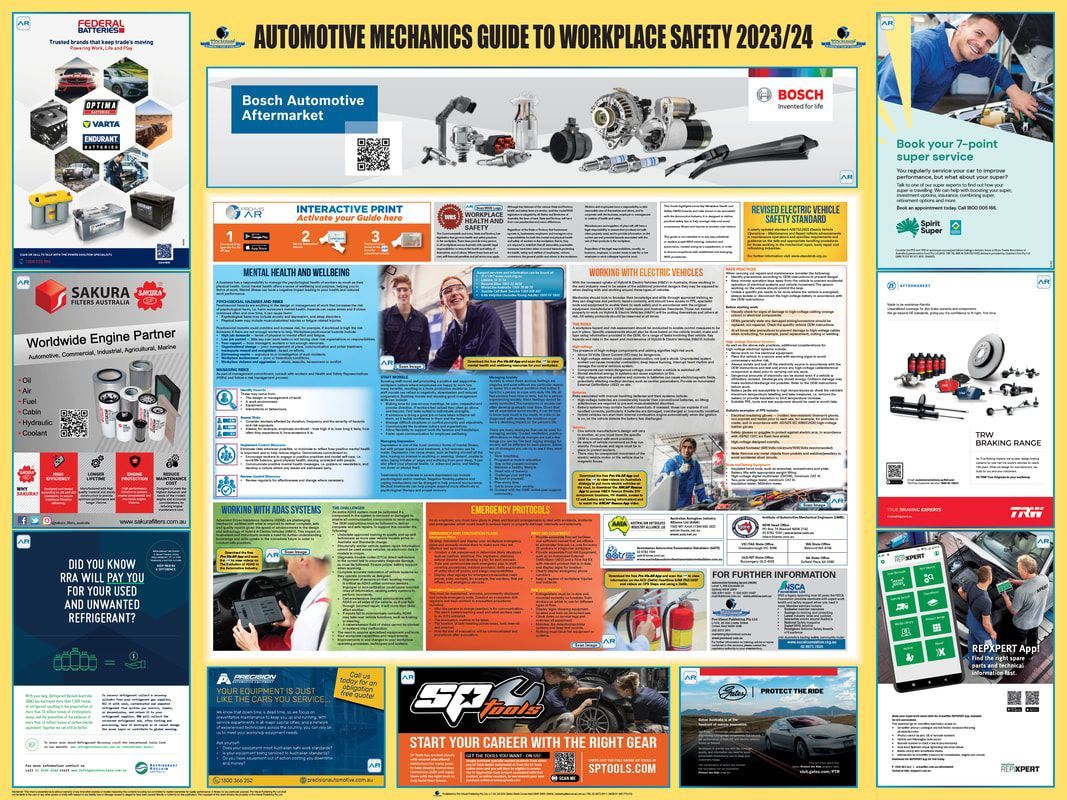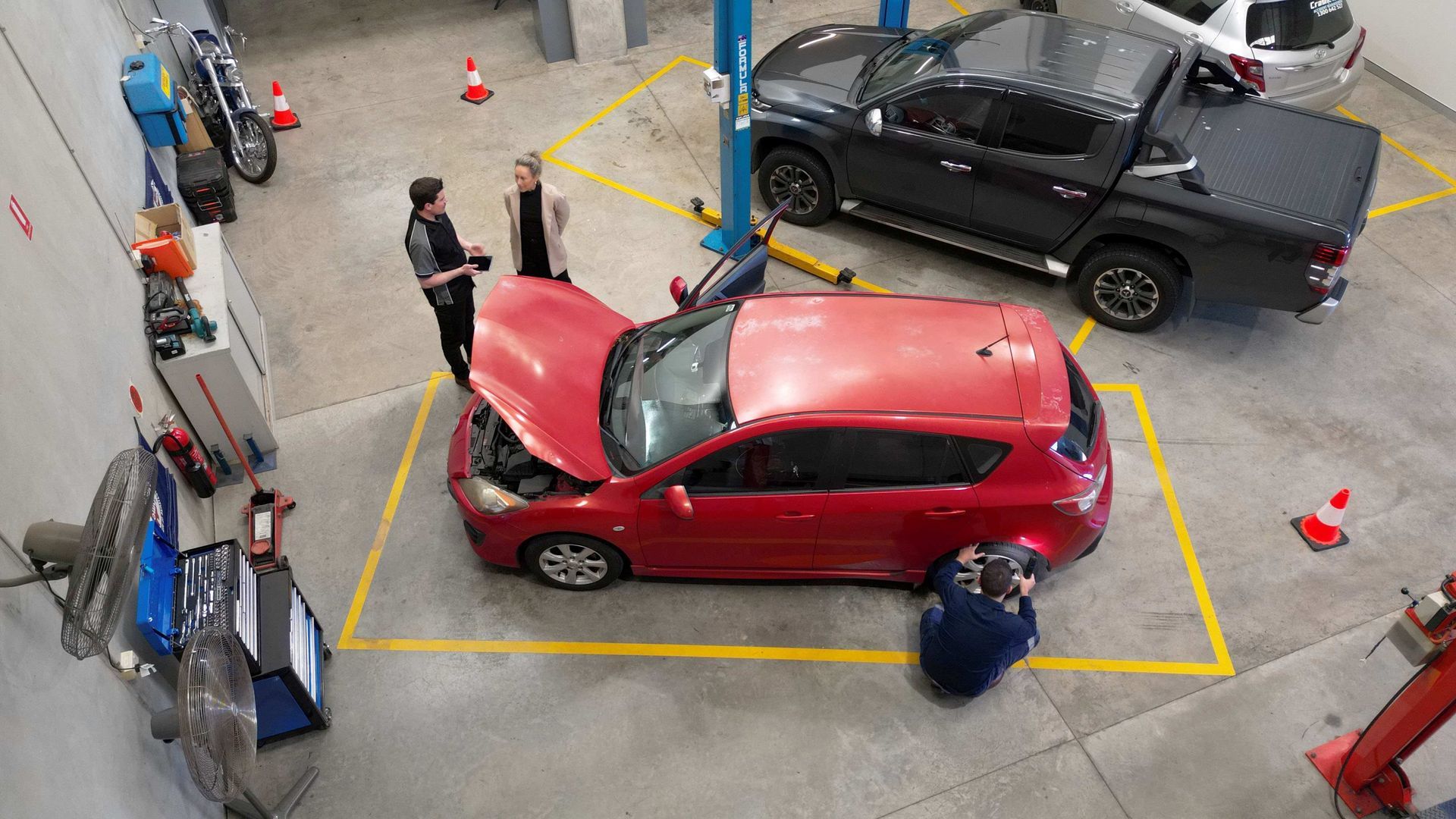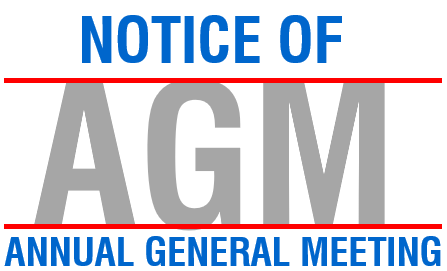Pro-Vis AR Safety App Targets Hybrid & Electric Vehicle Maintenance and Repair
AR Interactive – Automotive Mechanics Guide to Workplace Safety 2023/24
The Australian Electric Vehicle (EV) Market size is estimated at USD 6.38 billion in 2023 and is expected to reach USD 26.61 billion by 2028, growing at an annual average growth rate of 33.06% during the forecast period 2023-2028.*
Sales of Hybrid and Electric Vehicles (H&EVs) in Australia have more than tripled over the first four months of 2023 compared to the same period last year.** Government regulations to phase out fossil fuel-powered vehicles, government expenditure to improve public EV charging infrastructure combined with the active presence of key global players like Tesla, MG and others with a focus on offering cost efficient models and product innovations will contribute to EV market development.
The newly released AR Interactive – Automotive Mechanics Guide to Workplace Safety 2023/24 produced in conjunction with the Institute of Automotive Mechanical Engineers (IAME); Australian Autoglass Industry Alliance (AAIA); Australasian Automotive Transmission Rebuilders (AATR) and endorsed by the National Safety Council Australia (NSCA) Foundation outlines specific guidance on the safe and appropriate handling procedures for those within the mechanical repair, body repair and refinishing industries when working on Hybrid & Electric Vehicles (H&EVs) as maintenance requirements of these vehicles outside the manufacturers and franchised dealership networks is increasing in alignment with the updated standard AS5732:2022 Electric Vehicle Operations – Maintenance and Repair and PPE particularly in relation to electrical hazards.
Mechanics and auto electricians must undertake specialised safety training to work on H&EVs. Based on the expected growth of the EV sector, it is estimated Australia will need an additional 14,000 qualified EV technicians by 2030.**
Distributed to IAME, AAIA, AATR Members, automotive engineers, accredited repairers, service centres and training institutes this WHS Guide is developed with interactive augmented reality (AR) capabilities for use with a smart device, using the free Pro-Vis AR Safety App to download resources and videos, such as information on high-voltages present in E&HVs are significantly higher (currently up to 650 Volts direct current (dc)) than those used in standard combustion engine vehicles and battery systems may contain chemicals that can be harmful if released or that can give rise to explosion if not dealt with correctly.
Available via free subscription at www.provisual.com.au free resources include:
- ANCAP Rescue App to access H&EV Rescue Sheets (HV component locations, HV disable, access to 12-volt battery and towing information) and ANCAP Rescue App video.
Together Pro-Visual Publishing in consultation with IAME, AAIA, AATR and industry have carefully identified high-risk hazards following in-depth sector feedback which includes:
- ADAS Systems – Direction for Vehicle Repairers to ensure that any repairs that directly involve, or impact ADAS sensors, are carried out so that the safety and functionality of the vehicle is not compromised and all calibration activities are completed by competent technicians. Download the Pro-Vis AR Safety App to view Precision Diagnostics The Continuing Evolution of ADAS| What You Need To Know About What's Coming To Your Product Video
- Psychosocial Hazards and Risks in light of the model Work Health and Safety (WHS) Laws which now include regulations on psychosocial hazards and a new model Code of Practice Managing Psychosocial Hazards at Work. This guide is an overview of the Australian mental health workforce policy landscape, which varies across jurisdictions, however has commonalities in its aims and principles, as mental injury claims continue to increase. Downloadable resources via Pro-Vis AR Safety App inclusive of support services:
- Safe Work Australia Managing Psychosocial Hazards at Work Infographic
- Safe Work Australia Psychosocial Hazards Sound like at Work Document
- SafeWork SA Top 10 Tips to maintain your mental health video
- Work Safe QLD Workplace Mental Health Matters video
- Emergency and Evacuation Plan Protocols – Inclusive of identifying assembly points, location of emergency equipment, first aid arrangements.
Downloadable resources via Pro-Vis AR Safety App include:
- Victor Chang Cardiac Research Institute How to perform CPR A Step-by-Step Guide Video
- Victor Chang Cardiac Research Institute How to Use an AED A Step-by-Step Guide Video
- St John Ambulance The Recovery Position First Aid Training Video
- IAME Innovations - HeartSine SAM PAD 500P IAME Exclusive Member Price Link
Delivers a lifesaving shock, real-time visual, verbal feedback and rate of CPR compressions during an SCA resuscitation, effectively assisting to perform CPR.
John Hutchings, CEO, Pro-Visual states “This vital Workplace Safety initiative would not be possible without the ongoing support from our Corporate Sponsors, Industry Associations and the overwhelming response we receive from the Australian Automotive Mechanic Industry to assist in compliance of WHS risks, particularly the safety precautions which need to be followed when working on Hybrid & Electric Vehicles (H&EV).”
For free Guides email marketing@provisual.com.au or
https://www.provisual.com.au/free-guide-subscription.html
* Mordor Intelligence Australian Electric Vehicle Market Analysis
** CarExper
